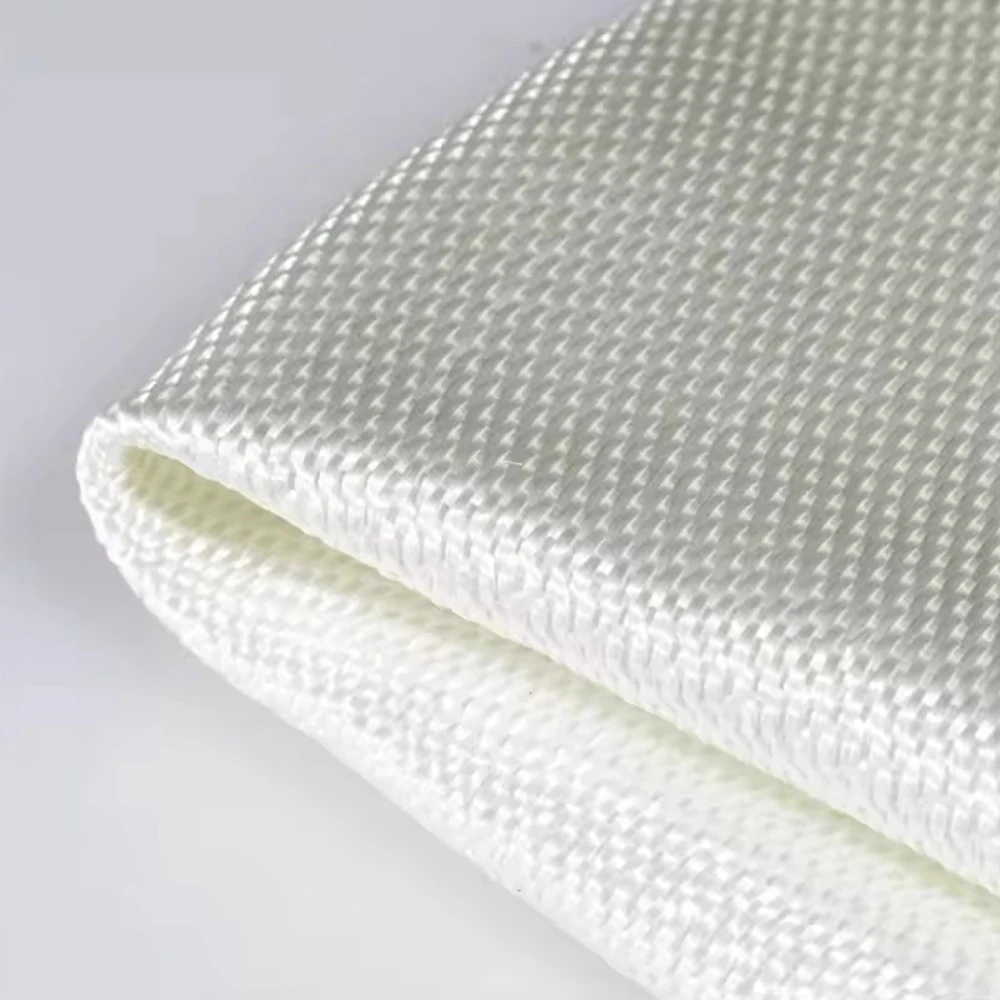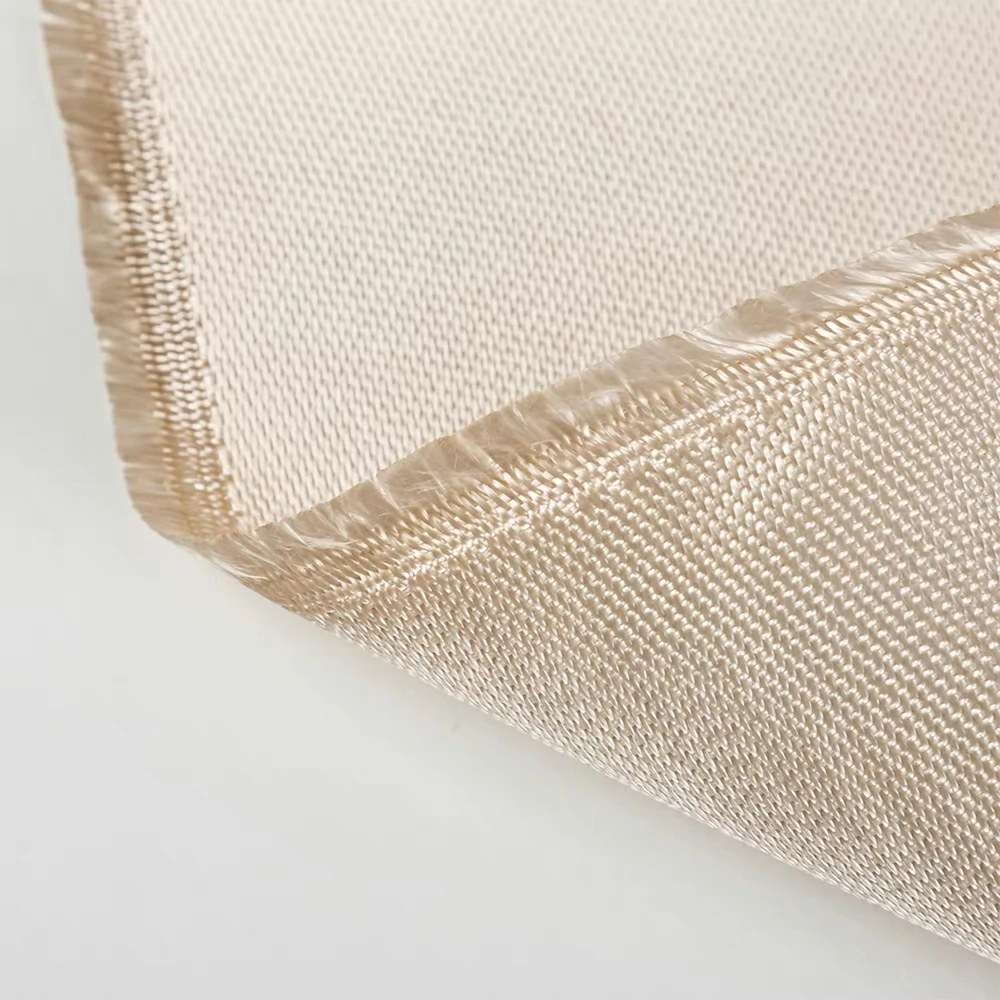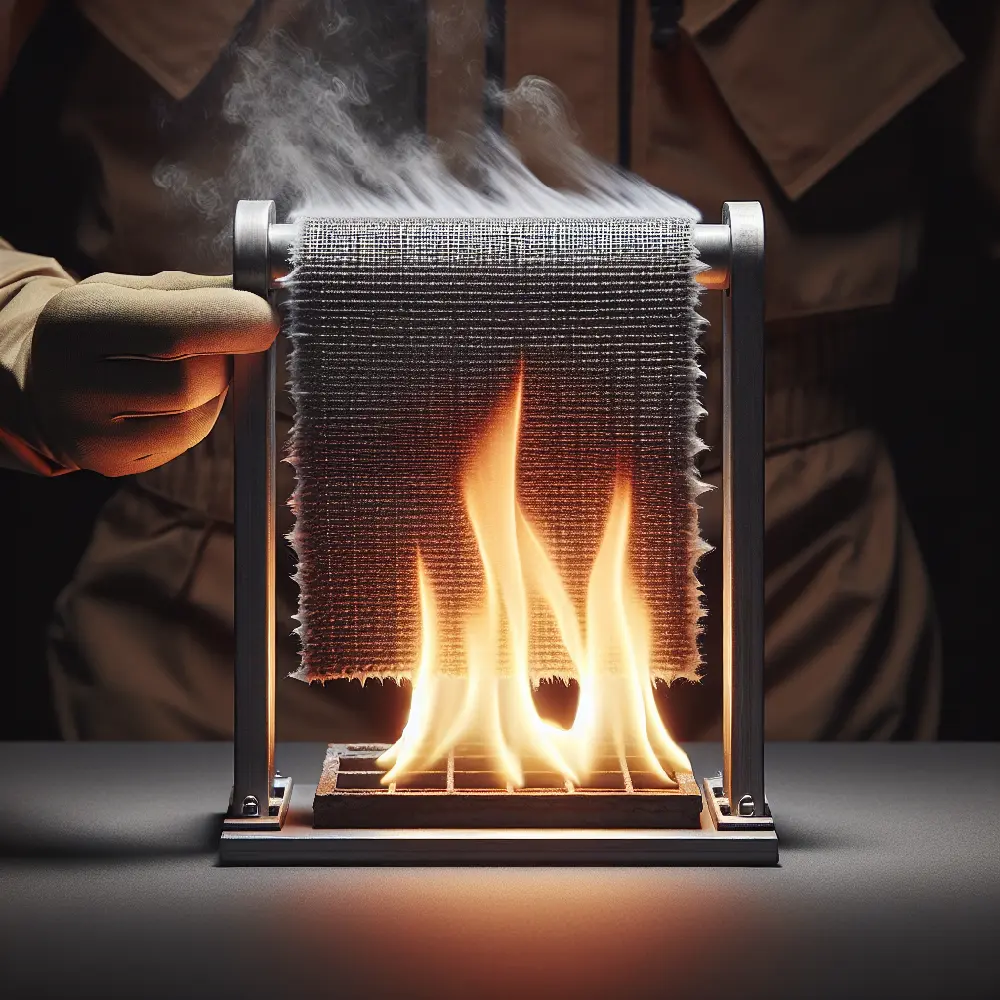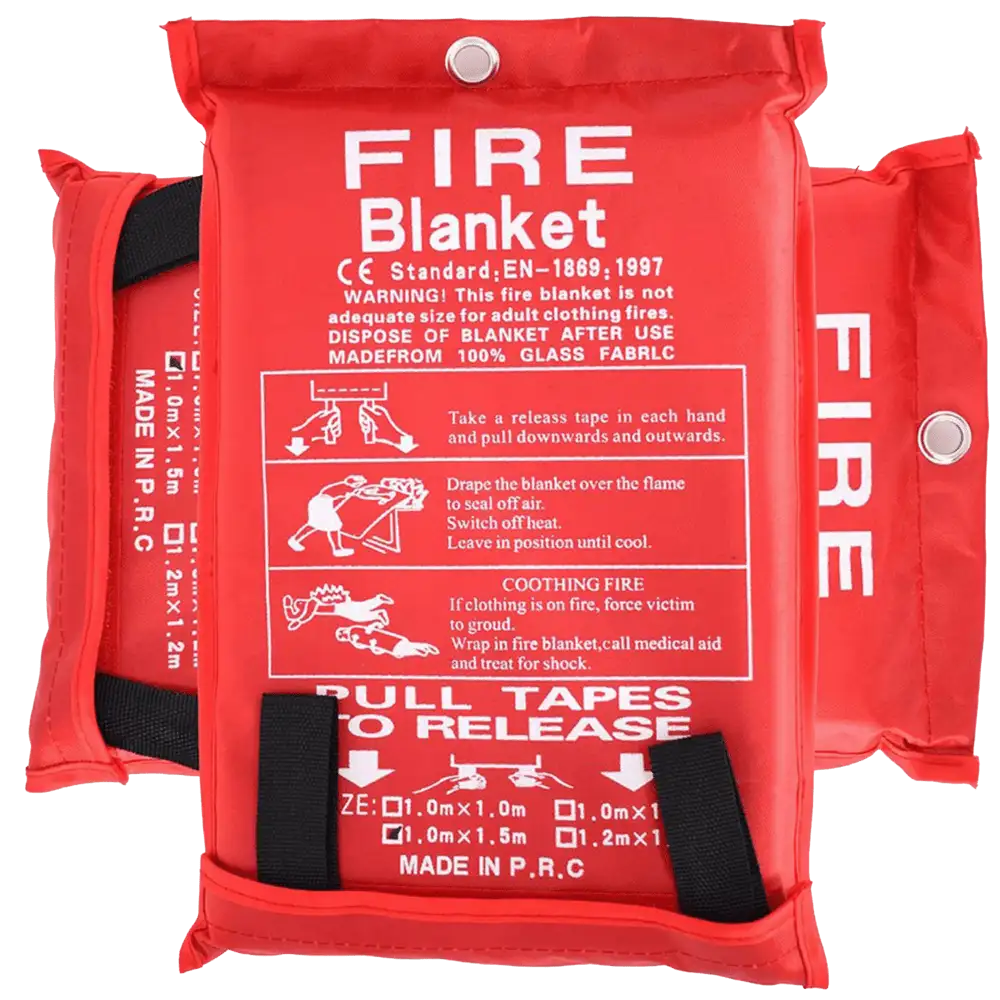Sand, a common material found worldwide, comes in a wide range of types. Each type of sand has distinct characteristics, uses, and properties, making it versatile for various applications. From construction and landscaping to recreation and manufacturing, sand's utility spans a broad spectrum.
However, not all sands are created equal. The composition of sand can drastically affect its functionality and safety. One such type of sand that has garnered attention due to its unique properties and potential health implications is silica sand.
Silica sand, composed primarily of fine particles of quartz (crystalline silica), exhibits a wide range of properties that set it apart from other sand types.

Silica, also known as silicon dioxide or SiO2, is a naturally occurring compound. It's most commonly found in nature as quartz, a form of crystalline silica. This type of silica is renowned for its high melting point, which exceeds 1600 degrees Celsius. This characteristic, combined with its hardness, makes it an ideal material for a variety of industrial applications.
Learn More About: << What Is Silica? >>
On the other hand, regular sand, like the kind you find at the beach, is a granular material composed of finely divided rock and mineral particles. Its composition can vary widely, depending on the local rock sources and conditions. The grain sizes of beach sand usually range from 0.0625 mm to 2 mm in diameter. Unlike crystalline silica, regular sand doesn't have a specific melting point due to its varied composition.

Silica, particularly in its crystalline form, has some unique physical and chemical properties. Crystalline silica particles are hard, chemically inert, and have a high melting point of over 1600 degrees Celsius. These particles are also insoluble in water and have a specific gravity of 2.65. Silica's hardness rating is a 7 on the Mohs scale, which is a measure of the hardness of a mineral. This makes it harder than most substances except for a few like diamond, which is rated a 10.
Regular sand, in contrast, has physical and chemical properties that can vary widely depending on the type of sand and its source. For instance, beach sand is often soft and fine, while desert sand is more coarse and angular. A typical volume weight for dry sand is about 100 lbs per cubic foot. However, this can vary depending on the specific type of sand and its moisture content. Regular sand is also primarily made up of silica, but its melting point and other properties can vary due to the presence of other minerals.
In conclusion, while both silica and regular sand share a base of silicon dioxide, their properties can be quite different. These differences are due to the specific forms of silica present and the other minerals included in regular sand.

Silica sand serves a wide range of purposes across various industries due to its unique properties. In the construction industry, it's used in concrete and mortar mixes, providing strength and durability. It's also a key ingredient in glass manufacturing, where its high melting point and transparency come into play. In the oil and gas industry, silica sand is used for hydraulic fracturing, a process that helps extract oil and gas from rock formations.
While silica sand is immensely useful, it's also important to consider its health and safety aspects. The Occupational Safety and Health Administration (OSHA) has set exposure limits for respirable crystalline silica to protect workers. Long-term exposure to small silica particles can lead to silicosis, a lung disease. Therefore, industries using silica sand are required to implement control measures such as dust suppression and personal protective equipment.

Silica gel, despite its name, is actually a solid. It's a form of silicon dioxide, similar to silica sand, but its structure and use are quite different. Silica gel is a porous, granular form of silica, synthetically manufactured from sodium silicate. It's known for its ability to absorb moisture from the surrounding environment. This property makes it a popular choice as a desiccant, a substance used to induce or sustain a state of dryness in its vicinity.
A common misconception is that silica gel and silica sand are interchangeable because they both contain silicon dioxide. However, the two substances have different physical properties and uses. Silica sand, as we've discussed, is used widely in industries like construction and oil extraction. On the other hand, silica gel is commonly found in small packets inside product packaging to control humidity and prevent spoilage or damage.
It's also important to note that while both silica gel and silica sand can produce silica dust if improperly handled, the health risks associated with each can be different. Silica dust from sand can lead to serious lung diseases with long-term exposure. Silica gel, while generally considered non-toxic, can be an irritant, causing discomfort if inhaled, ingested, or contacted with the skin or eyes.
In conclusion, while silica gel and silica sand share a common chemical component, their physical properties, uses, and safety considerations are distinct. Understanding these differences is crucial for their appropriate and safe use.

Silica sand, while valuable in many industries, does come with a set of health risks. The primary concern revolves around silica dust exposure. When silica sand is disturbed, it can release tiny particles known as respirable crystalline silica into the air. If inhaled, these particles can penetrate deep into the lungs, causing damage over time.
Long-term exposure to silica dust significantly increases the risk of developing silicosis, a debilitating lung disease. This condition is characterized by inflammation and scarring in the lungs, leading to difficulty in breathing and, in severe cases, death.
Furthermore, the dangers of silica aren't limited to silicosis. Studies have shown that worker exposures to silica dust can also increase the risk of lung cancer. The International Agency for Research on Cancer (IARC) classifies crystalline silica inhaled from occupational sources as carcinogenic to humans.
Despite these risks, industries can manage silica exposures effectively. The Occupational Safety and Health Administration (OSHA) has set permissible exposure limits (PEL) for respirable crystalline silica at 50 micrograms per cubic meter of air, averaged over an 8-hour workday. Adhering to these guidelines, along with implementing proper protective measures, can help mitigate the risks associated with silica sand use.

High-silica fabrics are a game-changer in the world of textiles. They offer a host of benefits over fabrics made from regular sand, and their unique properties make them a preferred choice for diverse applications.
One of the key advantages of high-silica fabrics is their impressive heat resistance. These fabrics boast a high melting point, typically around 1,700 degrees Celsius. In contrast, regular sand-based fabrics, such as glass fiber fabrics, have a considerably lower melting point, usually around 600 to 800 degrees Celsius. This makes high-silica fabrics an excellent choice for applications that require superior thermal stability.
Moreover, high-silica fabrics are incredibly durable. They resist most acids and alkalis, ensuring their longevity even in harsh environments. On the other hand, fabrics made from regular sand may degrade faster when exposed to similar conditions.
In addition, high-silica fabrics exhibit excellent electrical insulation properties. This makes them a valuable resource in industries where electrical insulation is crucial, such as electronics and aerospace.
In conclusion, the benefits of high-silica fabrics are clear. Their superior heat resistance, durability, and electrical insulation properties make them a standout choice over fabrics made from regular sand.
Learn More About: << What Is Silica Fabric? >>
High-silica fabrics, with their impressive heat resistance, durability, and electrical insulation properties, outshine their counterparts. Their melting point stands at around 1,700 degrees Celsius, significantly higher than regular sand-based fabrics.
While the advantages of high-silica fabrics are clear, the article also emphasizes the need to be aware of the health risks associated with silica dust exposure. Balancing these benefits with potential dangers allows for the safe and effective use of this resource.
 Understanding Fiberglass: Fire Safety and Heat Resistance
Understanding Fiberglass: Fire Safety and Heat Resistance
 Top 5 Heat-Resistant Wonders: How High Silica Fiberglass Fabric Excels in Extreme Temperatures!
Top 5 Heat-Resistant Wonders: How High Silica Fiberglass Fabric Excels in Extreme Temperatures!
 Is Kevlar Fireproof? Unveiling the Truth Behind Kevlar's Flame Resistance
Is Kevlar Fireproof? Unveiling the Truth Behind Kevlar's Flame Resistance
 Do Fire Blankets Work? Understanding Their Functionality and Benefits
Do Fire Blankets Work? Understanding Their Functionality and Benefits